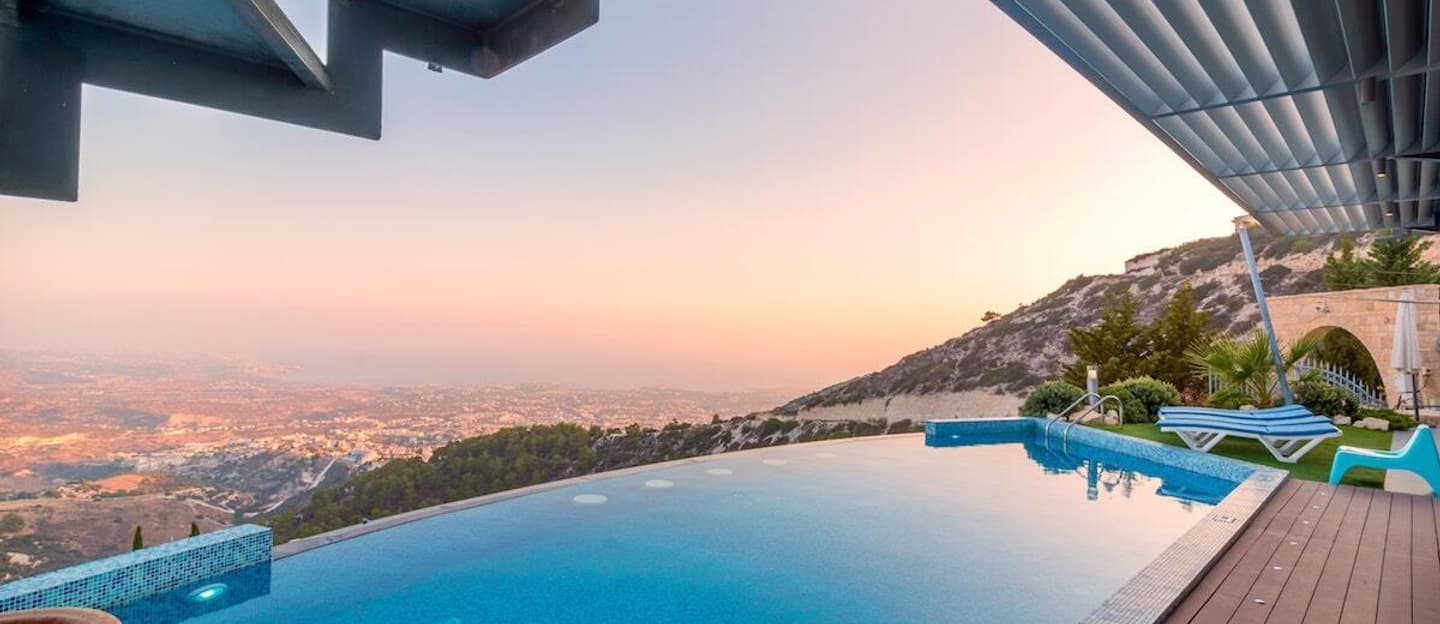In a world where image-led social media is ubiquitous, beautiful pictures have become a form of currency. For the travel industry especially, this couldn’t hold more truth.
The reality is that images will get your hotel or destination noticed.
Images make a first impression and, in an instant, can communicate key messages about your brand.
Images, rather than text, capture our attention. And, known to provide a solid dose of wanderlust, they have the power to make viewers yearn to be part of the scene.
As a luxury travel brand, there’s more to think about than just taking a great photo in order to reach the right audience with the right message. You need to consider who you’re targeting and which channels will help you reach them, what your images say about your travel brand, and how you can leverage these images to secure great press coverage.
On that note, let’s get one thing out of the way from the get-go…
Images are essential for securing great press coverage
Even the most newsworthy story can (and most likely will) be passed over without a good accompanying image.
Just look at some of the pitch requests we get through our media channels on a daily basis:
I will need good images too – landscape shots at minimum of 2,000 pixels in width - LOVEexploring
They must be new, have had a major refurbishment etc, or similar ‘new’ angle, and have great pics - The Times
Please provide hi-res images & fact sheet/overview for consideration - Forbes Travel Guide
I have an urgent request for hi res images for a feature -World Travel Magazine
Journalists know that imagery is what sells luxury travel, and the right image sent to a journalist can be enough to make them want to talk about your hotel or destination.
In saying that, it isn’t enough to just have a stunning image. For the coverage to actually work for you beyond just column inches — the image needs to help communicate what makes your hotel or destination special and resonate with your target audience.
How do you determine what images will best represent your luxury travel brand?
Before getting snap-happy, it’s important to do some thinking and make sure you have a solid, strategic approach to visual content.
The following three considerations should help ensure the photos you take and publish really do help you amplify your luxury travel brand.
1. Identify your target audience
First, think about who you want to reach.
Are there specific target audiences that your brand identifies with, or are you aiming to reach a new audience?
Your target audience can be broad, encompassing several groups across generations — for example, your hotel or resort might have a family offering that caters for preschool families, families with teens, and some of your custom might even come from grandparents who want to take their grandchildren away — so it is important to understand how each group will interact with your brand and what matters to them.
If you are aiming to reach preschool families through a particular publication or campaign, images of parents with toddlers enjoying a fantastic holiday will speak to the emotional goals of your target audience, much more than images of families with teenagers.
As an example, take a look at this photo from ROBINSON Club Noonu, in the Maldives:

This photo clearly targets families with school-aged children. It communicates that the resort is family friendly, relaxed and a perfect place to have fun together with lots of activities.
Now, take a look at this second photo taken at the exact same resort:

This photo, in contrast to the first, is much more likely to resonate with couples, and potentially even honeymooners; it communicates that the resort offers seclusion and a chance to enjoy some romantic couple time together in a tropical paradise.
Key Takeaway:
Know who your resort’s different audiences are, know how to tailor your content and imagery to different publications’ audiences and define audiences for specific campaigns and channels. This will make sure your messaging is on point and relevant to who is seeing it, every time.
Which leads me to my next point…
2. Define your key messages
After you have defined your target audience, think about what messages you’re trying to communicate through your different platforms.
Once you’ve defined these messages, you can start to think about how images can work to communicate them.
For example, here are three key messages we defined when we recently did this exercise for Martinhal, one of our luxury family hotel clients:
- We are about creating happy memories for real families
- We are chic and design-focused; We believe families have as much right to style and design as couples and singles do – without the red plastic
- No matter what the shape, size or setup of your family, you’re welcome here
To communicate these messages, we identified a need to showcase authentic, candid photos from actual guests – and we built an awareness of the need to reflect the diversity of guests Martinhal welcomes, through showcasing families of different racial backgrounds, with children of different ages, and with parents of different genders.
With families of all shapes and sizes taking center stage as the subject of our photos, we wanted to make sure that the setting of the images subtly showcased our client’s beautiful location and the attention to child-friendly details in the luxurious design of the hotel.
Most importantly, there is a concentrated focus on the little things that make life easier for parents when they travel with their children — washing machines in each villa, step stools in every bathroom for little guests to brush their teeth, all pieces of furniture having rounded edges for safety (but not sacrificing style for the sake of utility) — images featuring each of these details communicates that the hotel values its key audience. It isn’t just “family friendly” but has truly been designed with families in mind.
You can see some of these messages reflected in this snapshot of Martinhal’s Instagram feed. In particular, the images of beautiful interiors (appealing to parents’ desire for style); the photo of the toddler with the washing machine (highlighting the practical amenities); and a variety of family photos representing the diversity of guests who stay with Martinhal:

Key takeaway:
Come up with a handful of key messages that are integral to your brand and be sure that every image you use communicates at least one.
3. Ensure consistency in branding and style:
To build a strong brand identity across your platforms both on and offline, it’s important that the images you take and publish are consistent with the rest of your brand material.
For example, if your resort branding is bright and colourful, avoid publishing images on your social channels and other owned media platforms in pastel or muted tones.
Take a look at this great example of consistent brand styling from the Cascais tourism board’s Instagram feed:

It’s obvious at first glance that these images are about showcasing a specific location. The photos are consistent in terms of filters, editing and colour, without looking exactly the same. This creates a recognisable style through a collection that works together to showcase the variety of activities on offer and the diversity of the Cascais landscape.
Better still, the style of photography is also consistent with the imagery used on their website as shown in the screenshot below:

But what about getting press coverage?
If you’re trying to get coverage in a specific publication, or partner with a heavily curated social media brand, you may need to be a tad flexible and potentially compromise on your typical style.
This should only be done if you’ve assessed that the publication is an avenue to reaching one of your target audiences and that you can still effectively communicate your brand offering.
In these cases it’s important to “think through the lens” of these publications: What is their style? Will your brand fit in? Do you have images that will seamlessly integrate with their existing content or is there a need for you to invest in new photography for them to even consider including you?
An example of successful adaptation of style is from Castello del Nero Hotel and Spa in Tuscany. You can see from their Instagram feed that their house style is earthy, vintage tones that reflect the Tuscan rolling hills and countryside.

Most photos we submit to press for Castello del Nero reflect this, but we changed our approach for the Country & Town House Spa Guide – as their style is more saturated with higher levels of colour contrast, also reflected through the other images in the guide as shown below:

Key takeaway:
Consistency in branding and style helps your audience recognise your content and associate your photos with your brand. When putting content and images forward for other publications, you’ll need to consider their brand, too.
Telling your luxury travel brand story
At the end of the day, your marketing and PR efforts should be working to tell stories that your audiences want to be a part of and that get them excited about what you have to offer. Images are a huge part of succeeding in this; on your website, social media channels, and in press coverage.
The more consistently you tell your story across these mediums, the more easily your audience will be able to recognise you amongst all the noise, and the more your messages will begin to resonate.

